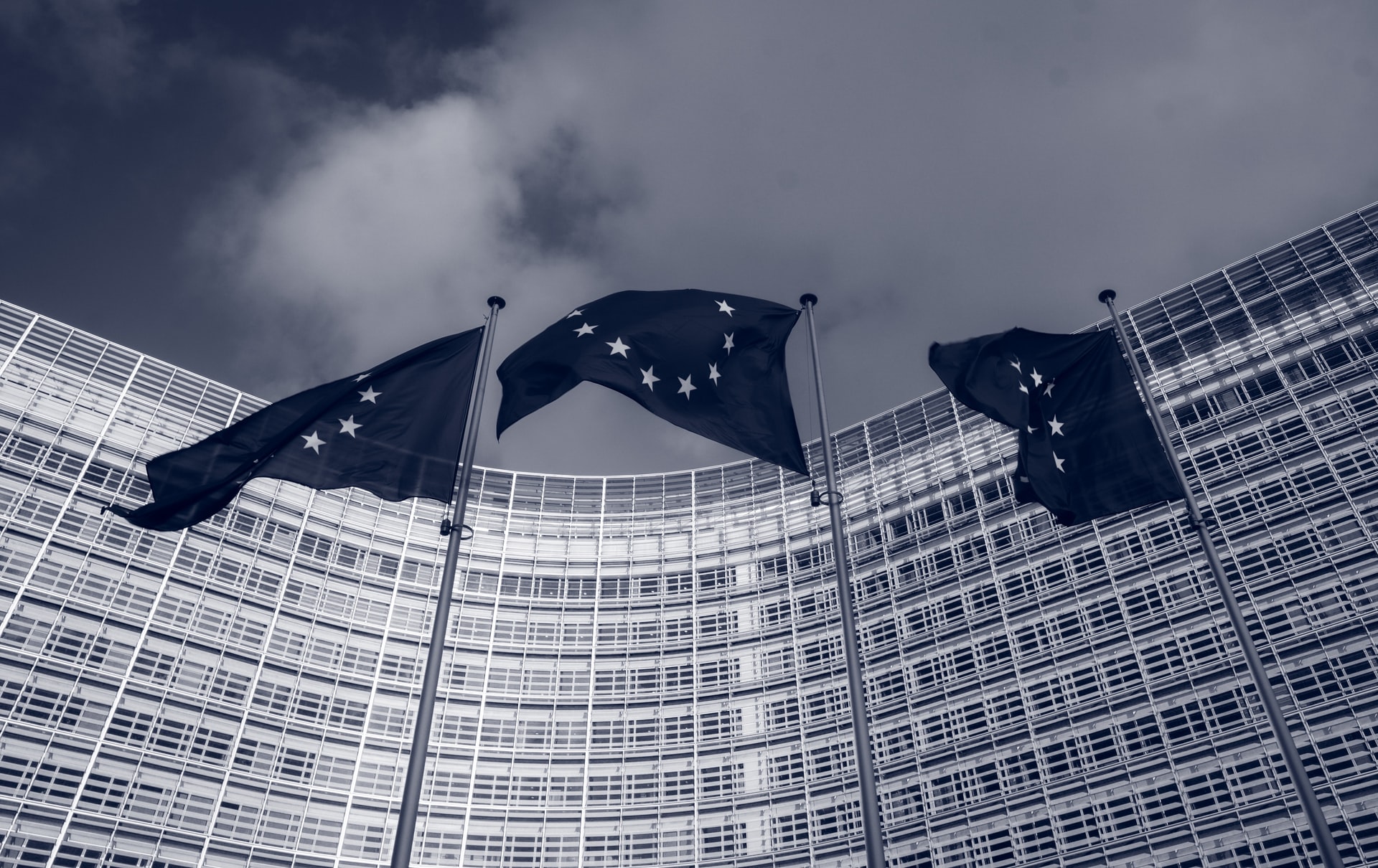The European Commission has released official definitive plans to introduce global quotas for some products and continue steel safeguard measures to 2024, it said in an official journal document dated June 24.
After an annual safeguard review, the EC sent a draft of proposed reviewed safeguard measures to the World Trade Organization on May 30, which said it planned to introduce global quotas for some products and prolong steel safeguard measures to 2024.
Yearly import quota volumes were increased to 4% from 3%, with all the definitive measures to come into effect July 1 following the traditional yearly safeguard review cycle.
For product categories 7, which includes quarto plates, and 17, including angles, shapes and sections, the EC has decided to substitute country-specific quotas with global quotas to increase flexibility for users to import the steel needed from any source to combat the loss of supply from Ukraine.
Ukraine historically represents around 33% of total volume imports in each category, but since Russia’s invasion of Ukraine, the EC said it there had been virtually no imports of the two categories from Ukraine into the EU, suggesting that “Ukraine is currently unable to produce and/or export these product categories in any meaningful volumes to the Union market.” This had resulted in a risk of potential shortage of supply for EU users in these categories if action was not taken.
The adjustment would be reassessed if there were changes in trade flows in the two categories or if undue crowding out effects were identified, the EC said.
On May 24, the EU adopted a regulation allowing for temporary trade liberalization for some Ukrainian products in the wake of the ongoing war, which has halted the application of the steel safeguard measure for the time being.
The EC updated the list of developing countries and added Vietnam to the other countries quotas.
It said all developing countries were included in the category 4A, or hot-dipped galvanized steel imports quotas list, because the sum of all imports in 2021 that were below 3% was higher than 9%.
Egypt, Ukraine and Vietnam were added to category 1 (hot rolled flat steel), and China was included in category 2, namely cold rolled flat steel, while Brazil and Vietnam were excluded in category 2.
Turkey was added and Egypt excluded from category 8, namely stainless hot-rolled flat steel, while China was added to category 9 (stainless cold rolled flat steel), while Malaysia and Thailand were excluded.
Moldova was added to category 12 (merchant bars and light sections), the United Arab Emirates to category 16 (alloy wire rod) and Brazil to category 6 (tin mill products), among other changes.
The EC also concluded that the recent changes to the US Section 232 import tariff of 25% into a tariff-rate quota for the EU would not affect the functioning of the EU steel safeguard and did not alter the basis underpinning its assessment regarding the risk of trade diversion.
In March 2018, the US imposed a 25% duty on imports of certain steel products under the US Section 232 measure.
Earlier in June, the European Steel Federation Eurofer welcomed the adoption by EU member states of the EC’s proposal to continue steel safeguard measures, saying it supported the stability of the EU steel market and ensured smooth supply flows.
Domestic prices for HRC have been declining in Europe since the second half of March due to weak demand. Platts daily assessments for HRC in Northern Europe declined to Eur860/mt ex-works Ruhr on June 23 and in Italy to Eur780/mt ex-works, both down 6.7% since the start of 2022, according to S&P Global Commodity Insights data.
— Jacqueline Holman






